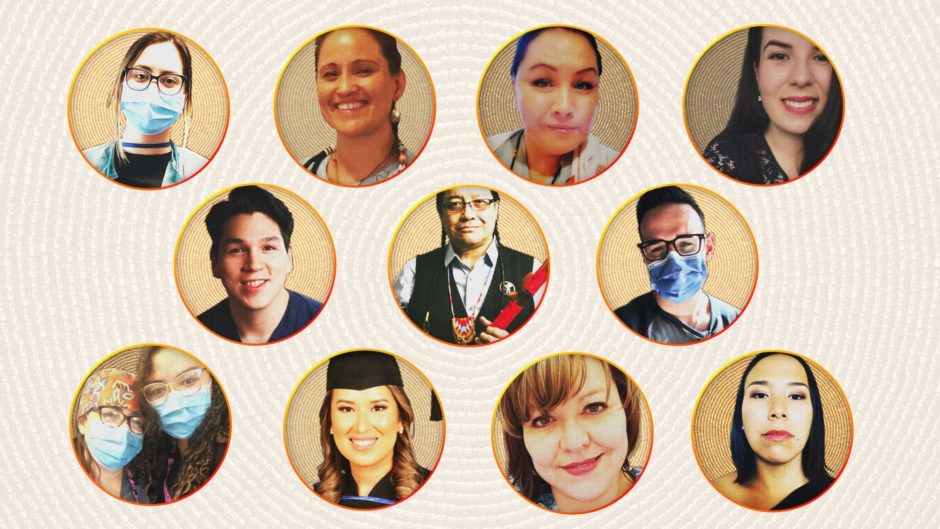June 21, 2020
Throughout the month of June, CBC Indigenous is introducing you to some of the health care workers who are keeping our communities safe. Here are some of the Indigenous health care workers from across the country sharing some insight on what they do and why they do it.
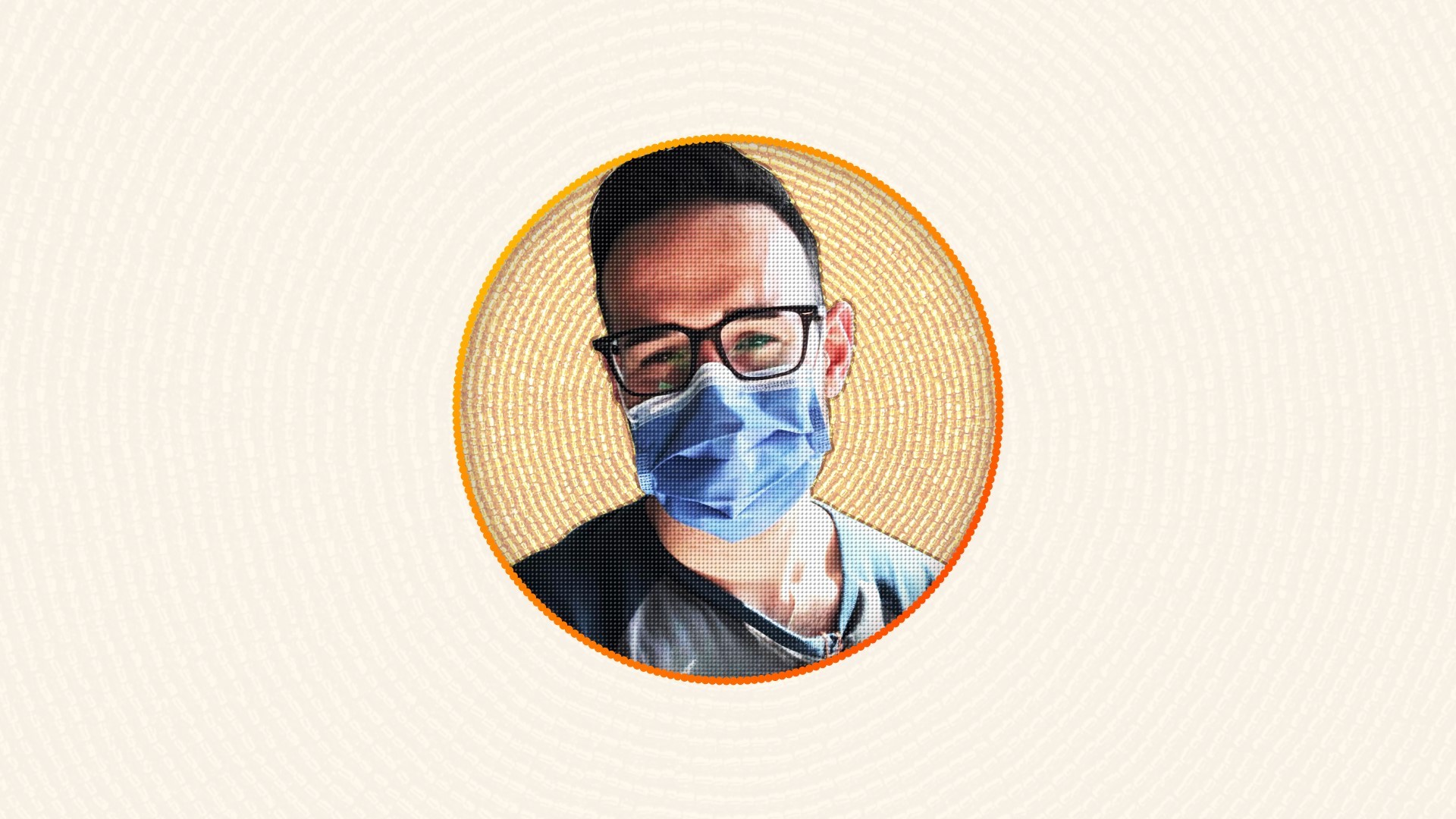
Jessy Dame
Jessy Dame's parents are both Métis from Treaty 1 and Treaty 2 territory, and he was born and raised in B.C.
He is finishing his master's degree in nursing at the University of British Columbia and works as a nurse at a LGBTQ-focused sexual health clinic in downtown Vancouver as well at St. Paul's Hospital's neonatal intensive care unit (NICU).
"I always knew that I wanted to do something that would help people," said Dame.
He said the most rewarding part of his work is being able to provide empowerment to people to take control of their own health.
"I think we work in and live in a system that tells people that health care professionals are in control," said Dame.
He said one of the biggest things he stresses in the NICU is making sure mothers are supported and feel in control.
He said when working with Indigenous patients that power imbalances between health care workers and patients are severely pronounced so he always makes sure to identify himself as Métis.
He said he realized how influential and healing connecting to culture can be while at school. A Métis elder came and did a presentation in one of Dame's first year nursing classes and spoke about her family and the history of her community.
He said she spoke about two-spirit people and that was the first time he ever heard the term.
"She spoke about the beauty of spirit peoples, about the queer community but two-spirit people specifically, and how welcoming and loving and how lucky the families were to have peoples that were selected to be two-spirit by the creator," he said.
"Historically there wasn't judgment for being who I am, and it was such a strong connection — I truly felt like a weight lifted off my shoulders."
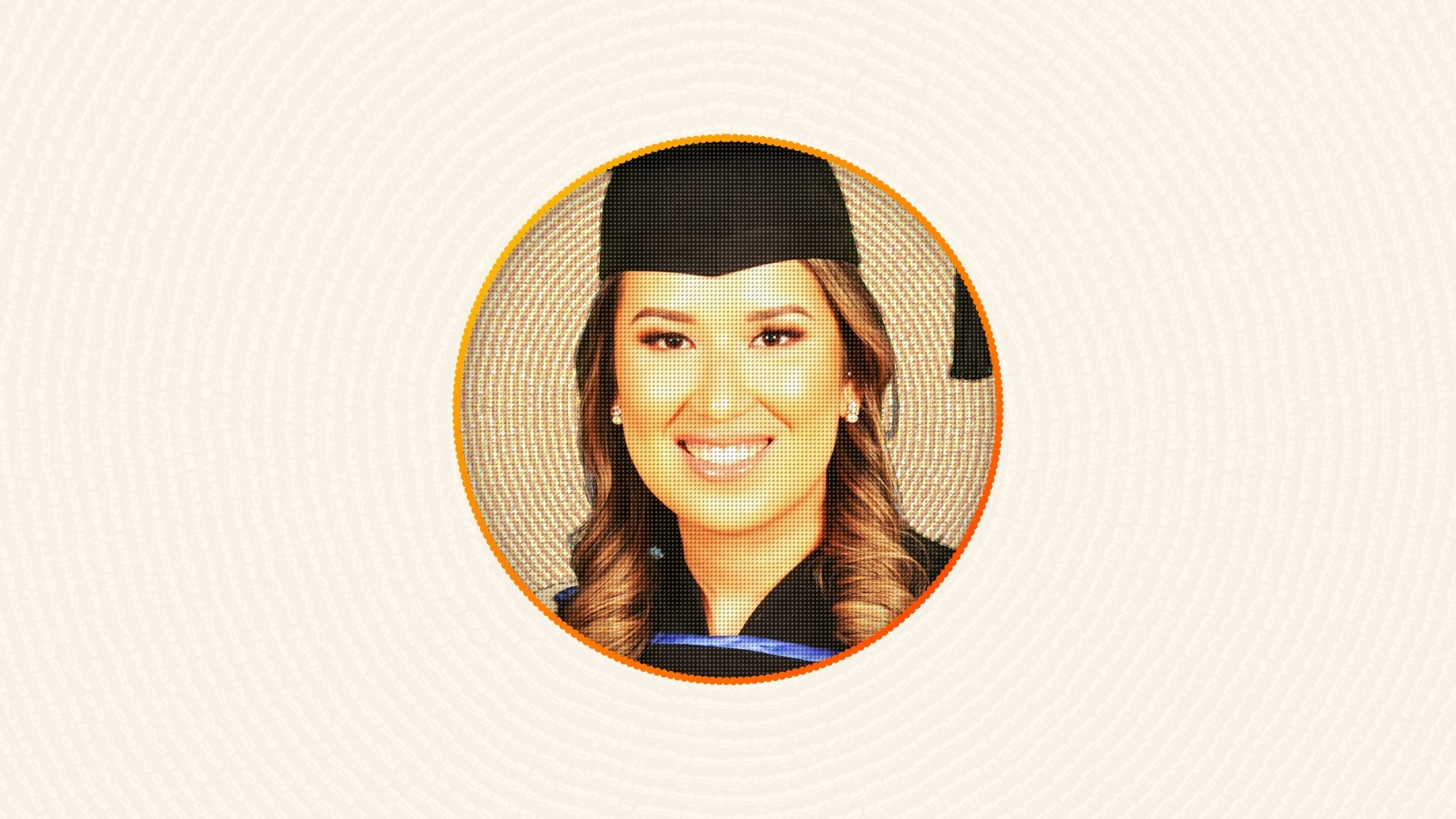
Lauren Decontie
As a child, Lauren Decontie visited hospitals frequently because she always seemed to be coming down with some sort of illness.
She said the nurses always made her feel as comfortable as possible and that led her on a path to become a nurse herself.
Originally from Mistissini, Que., she recently finished her degree in nursing at McGill University while working part-time for the Wiichihiituwin Cree Health Board in Montreal.
While working for Wiichihiituwin, Decontie said her biggest challenge was trying to help patients experiencing mental health issues.
"When it's something physical and you're able to make a difference, sometimes you're able to make a difference quickly," she said.
But when it comes to mental health, she said even though listening can go a long way, sometimes it doesn't feel like it's enough to help the patient.
When the pandemic hit, Decontie came into contact with a patient who tested positive for the COVID-19 virus and she had to be isolated for 14 days away from her two young boys.
"I don't think anyone really anticipated how serious it would be," she said about the pandemic.
"I did not want to be in a position again where I had to be away from them."
Decontie is back in Mistissini and will soon be starting a job as a home care nurse.
She said being back home has brought her a lot of peace because it's a different pace than living in a big city.
"With everything going on, it just seems so fitting to be back in my community," she said.
"I like doing what I can and I know there's always room for growth down the road if I want to go back down south and to gain more experience."
Isabelle Wallace
When she was 17, Isabelle Wallace left her home community of Madawaska Maliseet First Nation in New Brunswick to pursue her post-secondary education. She was the first person in her community to get a bachelor's degree in nursing and currently has a master's degree in nursing from the University of Ottawa.
"I always wanted to work with people," said Wallace.
"I didn't know I would want to go into health care. I started in psychology just because I wanted this interaction with patients."
During her undergraduate studies, she got a job as a research assistant at a hospital and met a couple of nurses who changed her perception on what nurses do.
"They are the backbone of our health care system," she said.
"I immediately decided to switch programs."
She completed her final practicum in 2016 in northern Manitoba and realized that she wanted to work within Indigenous communities getting to know community members.
In March she took a job as a nurse working in Kangiqsualujjuaq in northern Quebec.
Wallace said it takes a lot of time and effort to create a partnership with patients so when she took the northern position she was firm that she would want to stay in the same community "so I get to know the history, the family's dynamic, and also to be able to know them and to have a better continuum of care with them."
Athanasius Sylliboy
Athanasius Sylliboy is a nurse practitioner practising in his home community of Eskasoni, N.S., and has recently completed his master's degree in nursing at Dalhousie University.
In 2015, he got his bachelor's degree in nursing and went straight into critical care for almost four years.
"The only reason I went into this area was that I didn't really see any other Indigenous nurses in the hospital, especially in critical care areas," he said.
"I thought we need to be in these areas taking care of our most vulnerable populations."
Sylliboy said he's heard from community members that they will wait until they have exhausted all other options before going into the hospital for treatment because of issues around discrimination and racism.
He said he thought having a familiar face in his community's hospital would help.
"You should feel safe here," he said.
"Whether or not you're Indigenous, you're Black, you're an immigrant, you should feel safe in these areas because in these areas you're at your most vulnerable."
He said he tries to help educate other hospital workers about residential schools and how to provide culturally competent care for people in his community.
"It feeds into trauma-informed care, especially when it comes to caring for Indigenous populations — that you should have this awareness that trauma continues generation after generation," said Sylliboy.
"In order for us to be proficient and culturally competent, we need to know the histories and cultures of our own province and who you might potentially encounter in your emergency departments."
Sylliboy also speaks Mi'kmaw, which he said gives patients in his community the opportunity to be able to better explain what they're experiencing.
He said his presence as a nurse practitioner in the community has been received well, and that people say it's nice that someone understands what they're saying.
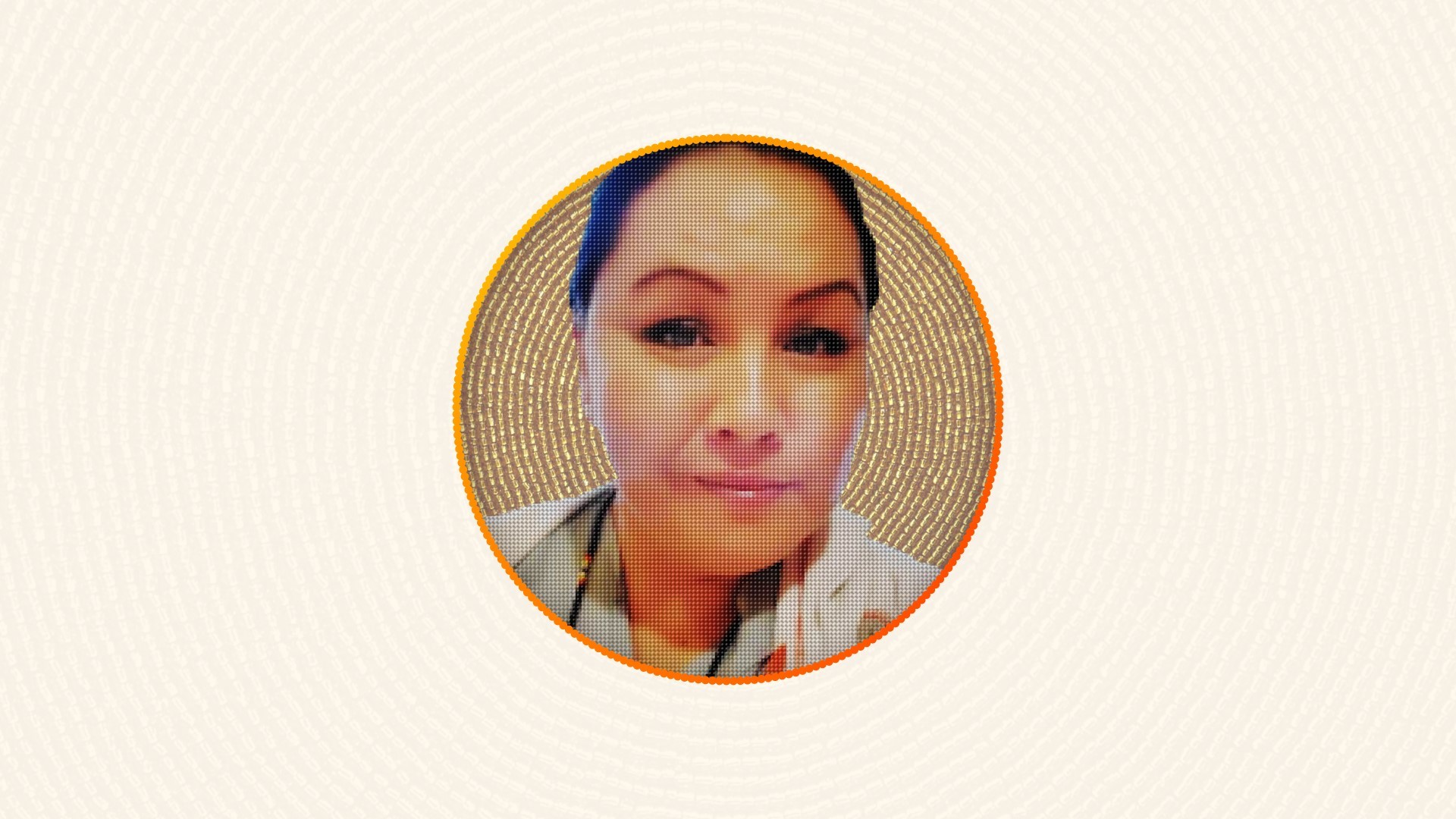
Gen Kakinoosit
Gen Kakinoosit from Sucker Creek First Nation in Alberta has been working in housekeeping at the emergency department of the University of Alberta Hospital in Edmonton for three years.
Since the pandemic began, she said it's been scary and hectic at times working to make sure that everything in the department is clean and sanitized.
She also said it's been eerie because all of the department's patients are in their own rooms and each room is being treated as an isolation room.
"Our whole shift, we are in PPE — in gloves, masks, gown," she said.
"It was evident right from the beginning, it was going to be like that for a long time."
Kakinoosit said she always wanted to work in health care to give back.
"I'm very thankful for my grandparents, they're very loving and caring," she said.
Kakinoosit began working in nursing homes before making the transition to hospitals.
"My greatest memories were in nursing homes, like staying up with the elders."
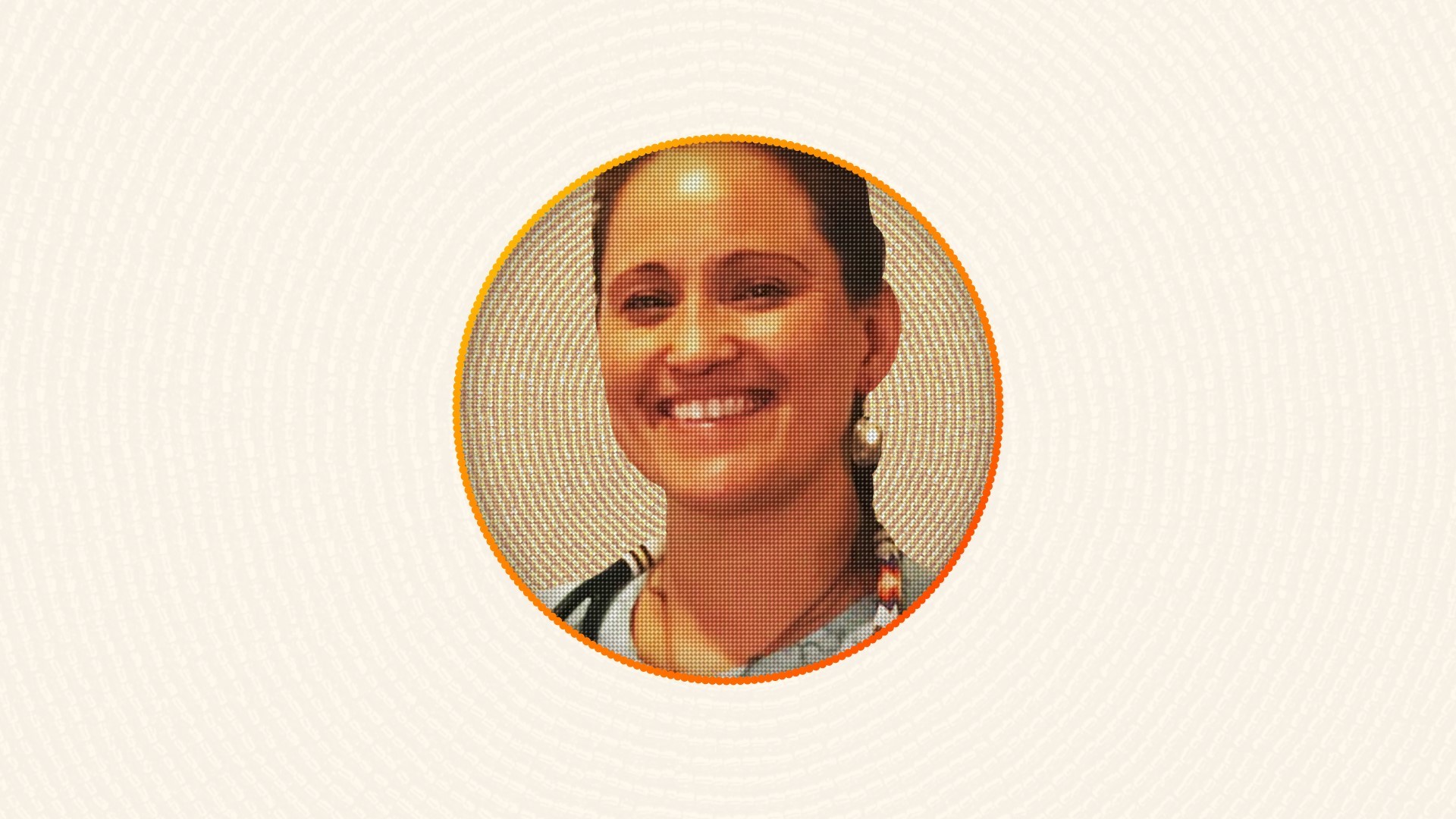
Dr. Ojistoh Horn
Dr. Ojistoh Horn is the only full-time general practitioner at the Kanonkwatseriio clinic in Akwesasne, a Mohawk community of 25,000 people that straddles the Ontario-Quebec-New York state borders.
She works with two nurse practitioners and covers about 14,000 patients.
Even before the pandemic, she said it was challenging to meet the needs of so many people with chronic illnesses but going into health care is something that she said she always knew she had to do.
In response to COVID-19, Akwesasne, like many other places, shut down businesses within its borders keeping only essential services running.
"What this COVID did was it unmasked the inequalities that exist in terms of infrastructure and public health," she said.
"We're told to wash our hands, stay six feet away and self isolate and eat well [but] we have problems with housing and water and food security, we have multiple generations living in homes and we have lots of chronic diseases and a lot of young people who may be carriers coming into the homes."
But Horn said Akwasasne has solid infrastructure that many other Indigenous communities do not have.

Nancy Mike
Nancy Mike began her career as a registered nurse but said doing shift work became challenging after she had her first child.
She said she wanted to shift her energy into something that she felt more comfortable and passionate about.
“One of the things that I love is my own own culture and identity,” said Mike.
“I love helping people and in the way I can using Inuit knowledge.”
Mike now works as a research associate for family and community health with Qaujigiartiit Health Research Centre (QRHC) in Iqaluit.
Both her mother and grandmother were knowledge keepers in Inuit child rearing. Mike said when she saw the job description for her current position, she knew this would be something that she would love doing.
“I do miss working as a nurse, being a frontline worker, often,” she said.
“I also think it's very important that we work within our communities, working directly with our people and empowering each other.”
She oversees two programs that provide training for people, Inuit and non-Inuit, living and working in Iqaluit.
Timiga Ikumajuq is a sexual health program for youth that incorporates Inuit performing arts and storytelling to teach high school students about sexuality, health and relationships, while Inunnguiniq is a parenting/child rearing program based on Inuit ways of child rearing that is aimed at parents, caregivers, teachers and social workers.
“I find that when we do these trainings, people in our communities are being educated about very old traditional, very important Inuit knowledge that should always be given to them when they come to Nunavut,” says Mike.
“These are things that will help them help others.”
Danielle Bourque-Bearskin
Since May 20, Danielle Bourque-Bearskin has been working for the First Nations and Inuit Health Branch under Indigenous Services Canada as a public health nurse in Sandy Lake First Nation, a remote fly-in reserve in north-western Ontario.
She started work in Sandy Lake as part of a response to the need for surge capacity in health care in First Nations communities and helping communities respond to COVID-19.
Prior to that, she was working as a frontline ICU nurse in Hamilton.
"Answering that call to go into nursing was very instinctual for me," she said.
Bourque-Bearskin is from Beaver Lake Cree Nation in Alberta and her mother is also a nurse. She said when she thinks about why she went into the profession, she thinks about her Indigenous family and the experiences they had growing up.
"My coming up here, it's just solidified everything that I've been learning and I've been advocating for in the last several years," she said.
The health inequities that Indigenous people experience in access to health care is an issue that she wants to use her voice to bring attention to.
"We have been talking about these inequalities, inequities, health disparities for decades," she said.
"It's just the fact that nobody's been listening."
Housing, food security and clean water are all social determinants of health that affect Indigenous communities. Bourque-Bearskin said these factors make pandemic planning different in remote communities than in southern regions.
"How do you teach hand hygiene when you don't even have access to clean water?" she said.
"I grew up knowing that this is happening and wanting to change it."
Laurie Whitebean
Laurie Whitebean has been a licensed practical nurse at Kateri Memorial Hospital in Kahnawake, Que., for two years.
She works overnight and day shifts in the in-patient department.
"My goal was to bring back skills to the community and work with my people," she said.
"It's very rewarding."
She said there's a sense of fulfilment that comes from working in her own community because she's able to give back.
"One day that could be me laying in that bed and I would want the best care possible," said Whitebean.
In long-term care, what people contributed to their community and the influence they had can be forgotten, said Whitebean.
"Our goal is not to forget," she said. "It's to celebrate their lives and appreciate that."
Since the COVID-19 pandemic began, family members haven't been able to visit the patients. Whitebean said she would run into people in the community who would ask how their family members were doing. So she had an idea to start taking short videos to reassure people that their loved ones were all right.
Other nurses began to take on the filming as well and there was an anonymous donation of iPads given to the patients so they could have video chats with family members.
William Greenland
The Arctic Indigenous Wellness Foundation’s healing camp in Yellowknife isn’t hosting its usual feasts or sweats these days. But in the camp’s staff cabin, two pots still boil on the woodstove: spruce tips in one, coffee in the other. Fresh vapours linger as William Greenland leans back in his chair.
Greenland grew up Gwich'in but became a Tr'ondëk Hwëch'in citizen in 2017.
For Greenland, stories are medicine. They were when he was a longtime radio broadcaster in the Northwest Territories, and they are now when he picks up the phone.
“We're ashamed of what happened a long time ago and today we're ashamed of what we're doing about it,” said Greenland, a traditional counsellor.
“And so we're hiding... We don't want to talk to nobody.”
It’s Greenland’s job to help change that.
Greenland said that for years, he dealt with his own alcohol abuse. Ceremonies and sweat lodges helped him stay sober.
Many of his clients call him for help avoiding addictions. Some had residential treatment lined up outside the territory but the pandemic put many of those plans on hold. It left them unmoored, right as the ‘new normal’ promised new boredom -- and more time to spend with old demons.
“I got clients waiting, saying, ‘What are we going to do in the meantime?’ Well -- keep calling me.”
Sometimes, driving between Yellowknife and his home -- a cabin at the edge of cell service -- he starts getting those calls. He pulls over to answer on the side of the road.
Healing camp staff turned to the telephone after pausing face-to-face operations due to the pandemic. Before, clients (many without stable housing) would come to the camp and stay for hours, eating free breakfast by the fire and telling their stories on their own time.
The camp has reopened now. Washbasins dot the site. There are new rules -- no longer will 15 people squeeze around a wood stove.
But one thing will stay the same, Greenland’s sure: unlike Western therapy, nobody will say “your hour is up” out here.
“When they feel good, they're the ones that get up and leave.”
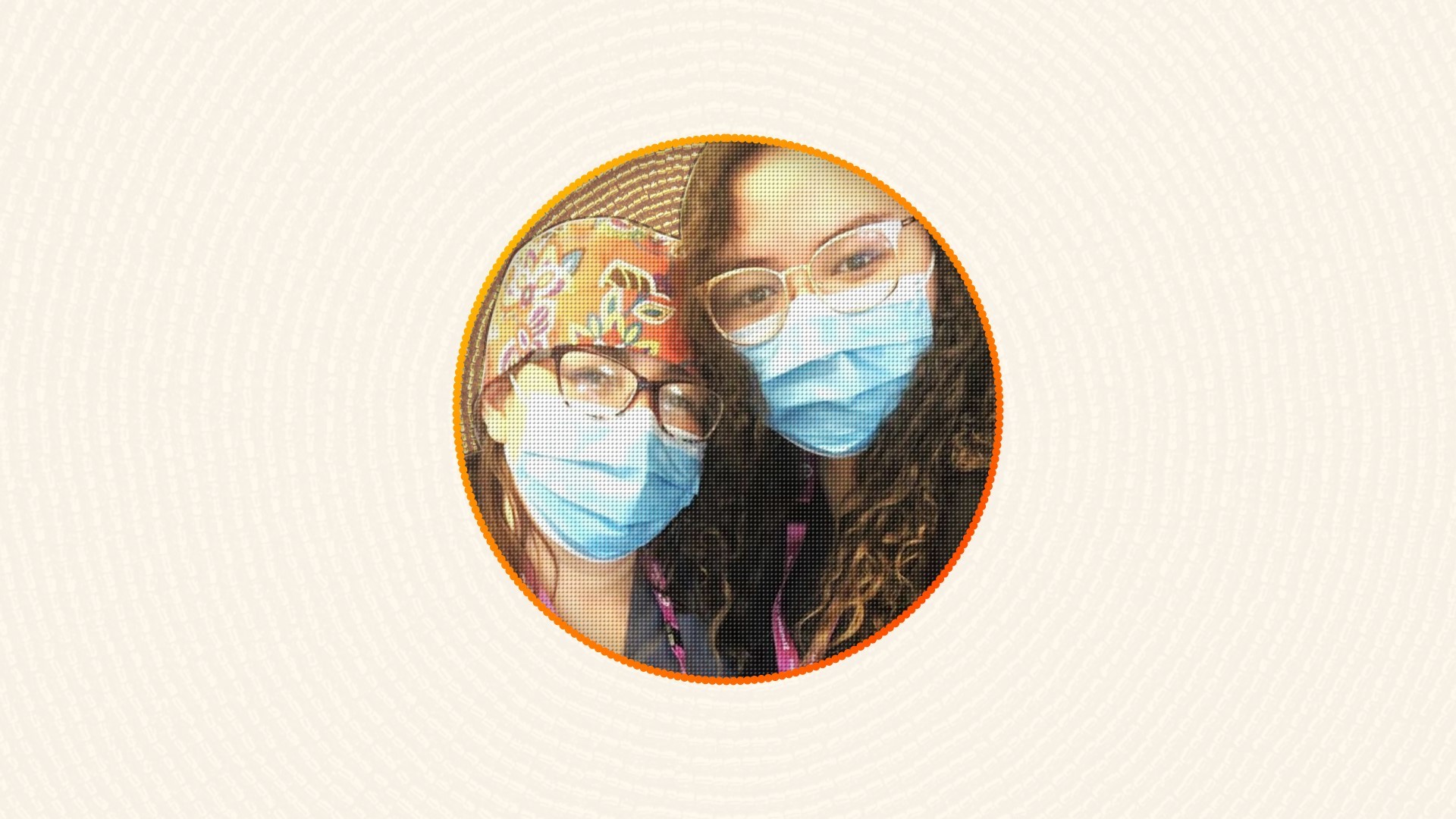
Jody Prince and Jordan Erickson
Jody Prince and Jordan Erickson are a mother-daughter registered nurse duo who work in the primary care unit at the University Hospital of Northern British Columbia.
The two completed their nursing degrees together and have gone on to work in the same unit at the same hospital in Prince George, B.C.
Prince, who is Cree from Le Pas, Man., said nursing was something she always knew she wanted to do, It just took some time for her dream to come to fruition.
She had intended on taking a practical nursing program that was to be offered in Fort St. James, B.C., and did the pre-requisite courses, but then the program ended up being held in Burns Lake.
After that Prince had a career as an early childhood educator while her own five children were young, before pursuing nursing again.
“Medicine was just something I was passionate about, and to be able to give back as an Indigenous person because … we have a very intimate understanding of our patients in a way that non-Indigenous people don't.”
That understanding comes from also being Indigenous and recognizing the barriers that patients face coming into health care, she said.
Another part of being a nurse that is important to Prince is helping people approach death in a good way.
“Indigenous people have a very different way of dealing with death,” she said.
“Not only can I support them in that because I know it, I can also educate my peers.”
Prince said going to school and working with her daughter has been rewarding.
“What a gift to be able to watch your child bloom into this professional,” she said.
Erickson, who is a member of the Nak'azdli Whuten from Fort St. James, B.C., began studying nursing immediately after she finished high school.
“I decided that nursing would be the one profession that would allow me to get back to my community in a meaningful way,” she said.
She said nursing turned out to be more involved than she had anticipated.
“I thought it was going to be very medical - you go to work, you assess people, you medicate and you leave,” she said.
“But it is much, much deeper than that. You are an advocate.”
Erickson said she might enjoy working with her mother more than going to school with her, since they had all the same homework assignments and her mother would push her to get it all completed. Which in hindsight was a blessing, she said.
They find their shifts don’t overlap often but when they do, they drive in together and take their lunches together.
